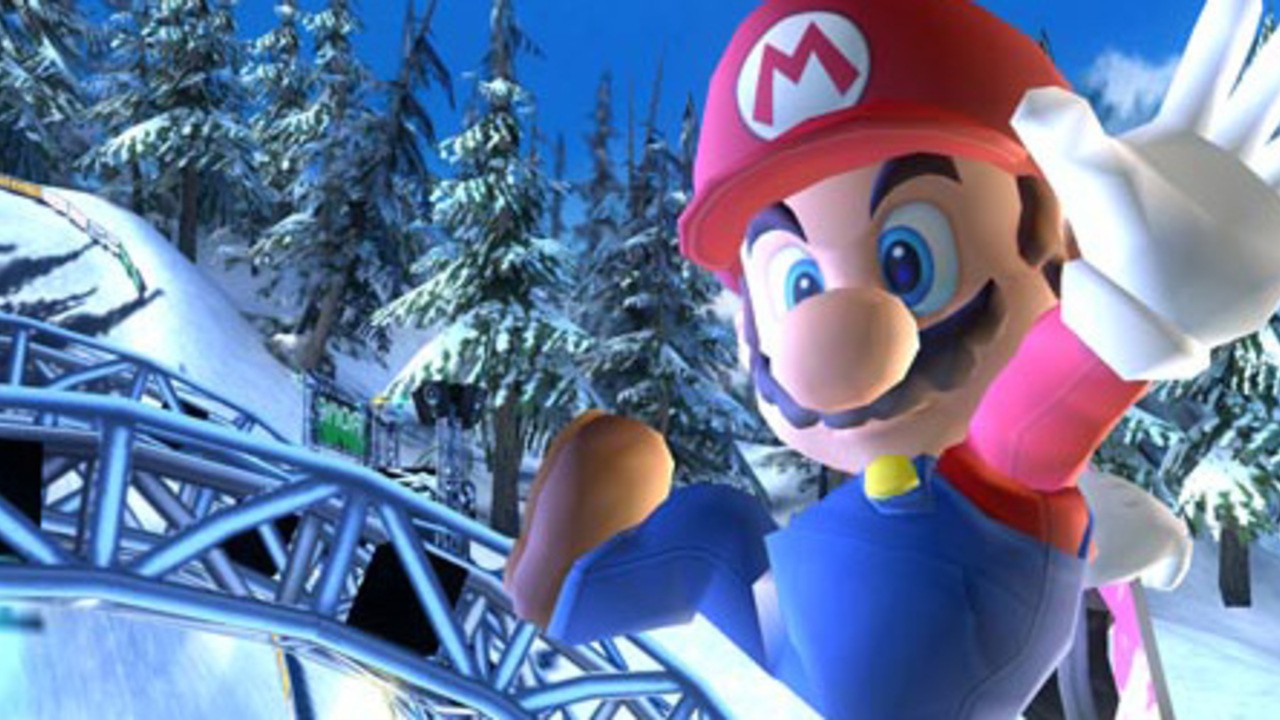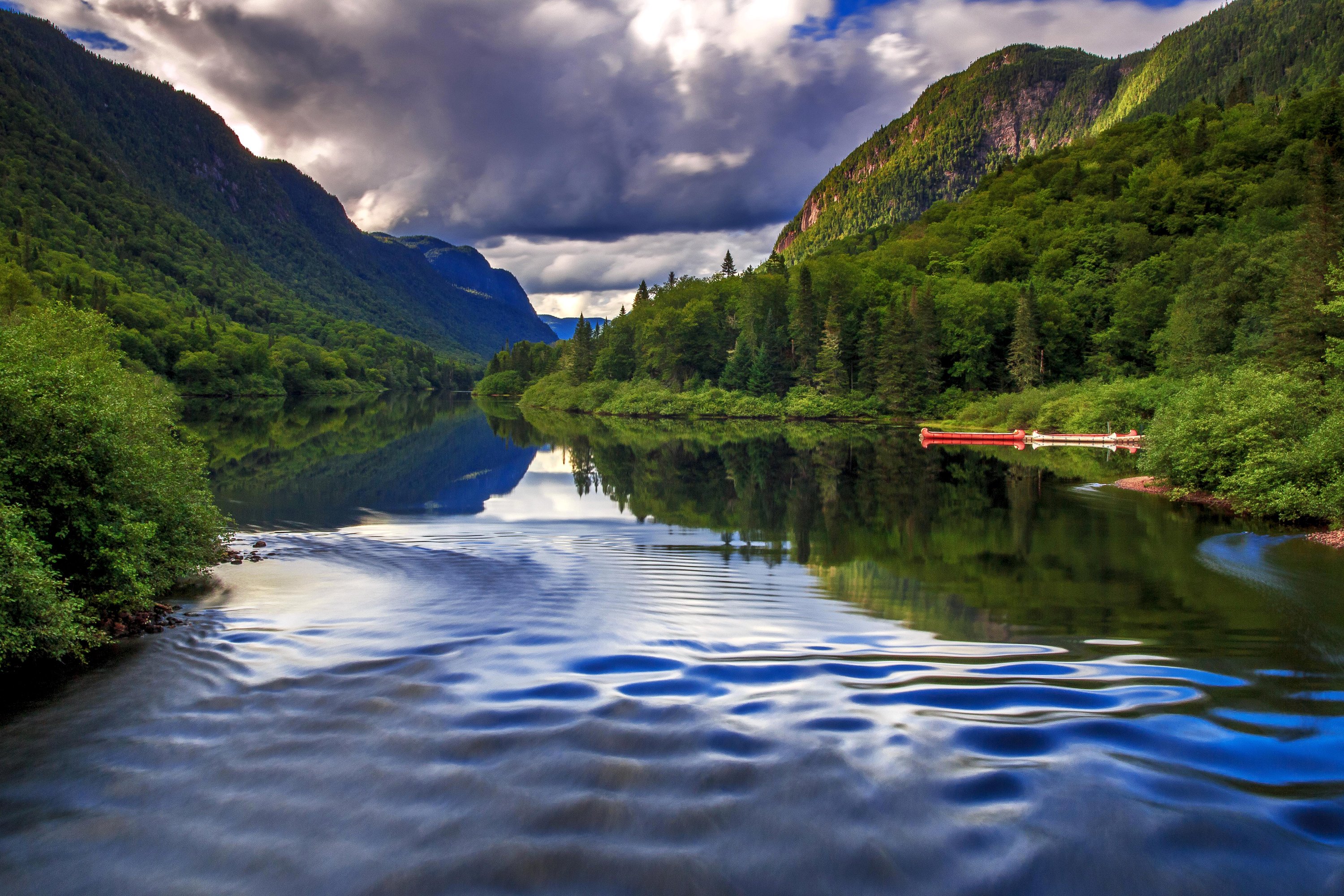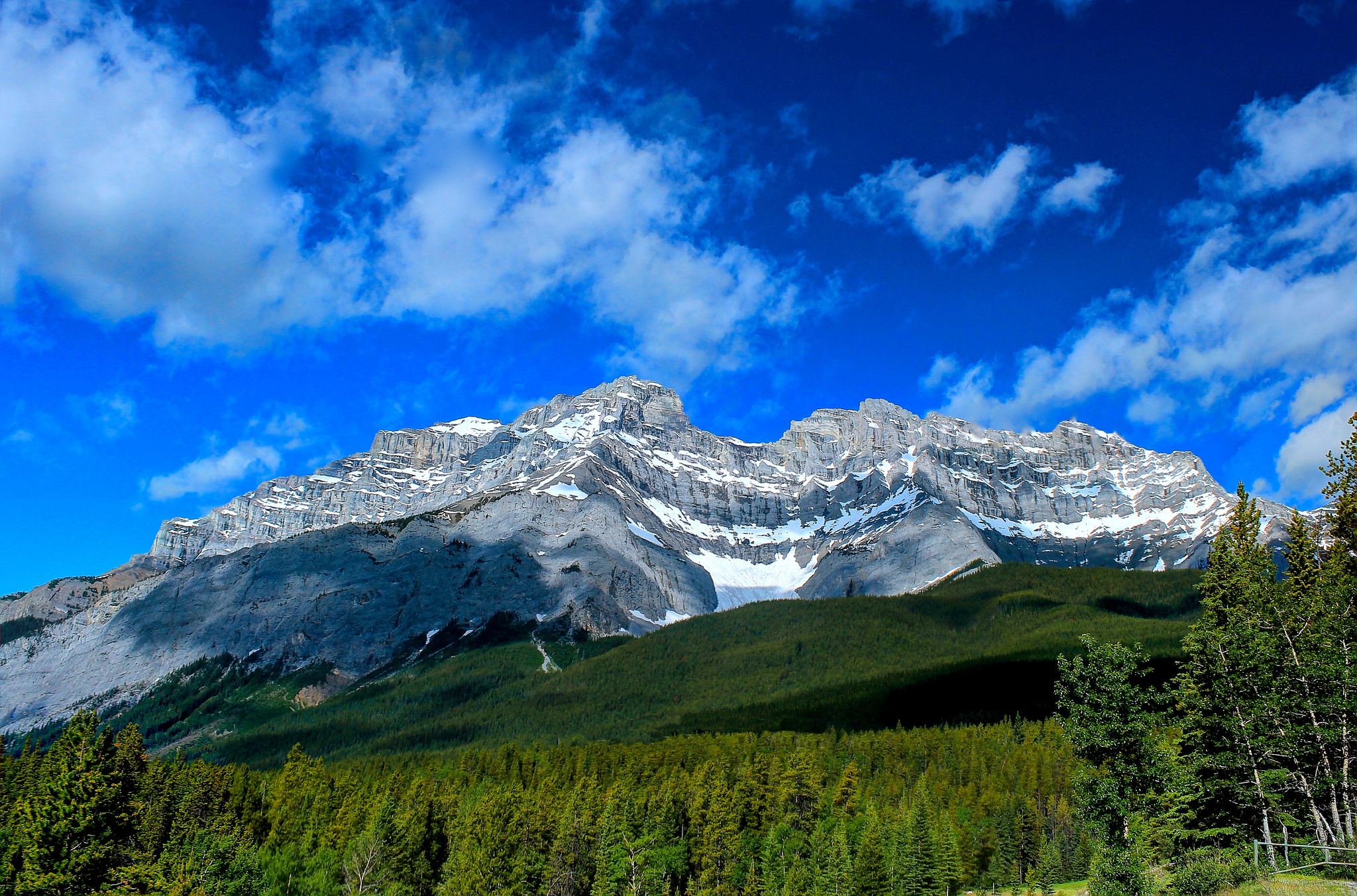Table of Content
A glass bottle is preferred because it’s easy to connect with the funnel using the tubing. The duct tape seals the mouth of the bottle to make it fully airtight. The water doesn’t need to reach boiling temperatures although that’s fine if it does. The pot should be stainless steel and capable of holding roughly five gallons of water. In this post, we’ll show you how to make distilled water easily.
Rainwater and snow are examples of naturally distilled water – water that has evaporated into the atmosphere and condensed into rain. You can collect rain or snow in a container with a fine mesh top. We’ve shared how to safely store distilled water later in this guide. Prepare for the distillation process by placing a large pot over your stovetop. Fill the pot with eight cups of tap water, then place a small pot inside the large pot. Make sure the small pot doesn’t touch the sides of the large pot – there needs to be enough space for airflow.
Step 2: Turn the Burner On
Load the top of the lid with ice cubes from your freezer or ice maker. This will cool down the glass of the lid, and the difference in the temperature of the boiling water and the glass should speed up the evaporation process. Just remember, making your own distilled water is easy (and fun!), but lack of nutrients makes it a bad choice for daily drinking water.
We actually tend to notice our carbon filter needs replacing as the water starts tasting less pure, so we change by taste rather than religiously once per month. You can add a charcoal or carbon filter into the spout of the Megahome distiller which will catch any VOCs that the distillation process misses. A quick fix is to use newspaper or towels, said Anthony Tornetta, a spokesman for the American Red Cross, which has tips to prevent and thaw frozen pipes on its website. Turn on a faucet farthest from the place where your water enters the house. A very slow drip will keep water molecules moving, reducing the chance that pipes will freeze.
What Is Distilled Water?
Other common examples of soft water include distilled water, water produced through reverse osmosis, and water purified through deionization. Once this process is complete, you’ll need to find a suitable container to store your distilled water in. Hopefully your tap water is safe to drink, but that's not true for as many as45 million Americans. Ideally, you want it hot enough that the water in the pot simmers, but does not boil. If the ice in the lid has melted, dump it out in the sink and replace it with fresh ice (use oven mitts; the lid will be hot). It will likely take about 45 minutes or so to turn the tap water in the pot into distilled water.
Keep the process going by adding more and more fresh plants until you have enough water for drinking. It’ll cause the upside-down lid to heat up faster, which will slow down the process of distillation. No need to spend your money on bottled distilled water when you could make it yourself. Store distilled water in a sealed glass container away from direct sunlight.
How to prep your home before the cold hits
Use it in appliances – Humidifiers, essential oil diffusers, irons, steamers, kettles, and coffee pots should all ideally be used with distilled water. This will prevent calcium and magnesium minerals from causing scaling in the appliances and reducing their efficiency. Drink it – The most obvious use of distilled water is for drinking.
This helps reduce the hardness of the water, but it also leaves behind other minerals like iron and nitrates that are still present in the water. There’s not much need to distill your water a second time, apart from when you might want to distill precipitation. If you live in an area where the atmosphere isn’t polluted, you can collect rainwater in the open and let it sit for hours to allow sedimentation before using or storing it. In areas with minimal pollution, this precipitation is about as pure as water can get. In smog-ridden cities, however, pollution contaminates the droplets as they fall back to earth.
First, place the large pot over a stovetop burner and add 8 cups of water. At this point, the smaller pot should float on top of the water. The key to circulating water vapor inside the large pot is airflow. Make sure there's plenty of space around the smaller pot, both around its sides and between it and the top of the larger pot. When stored properly, an unopened, store-bought container of distilled water should last for multiple years .
It is much easier and cheaper to be made even at home. Whether or not to drink tap water depends on the quality of water. Almost everyone is aware of tap water, but there’s nothing to be confused about, even if you don’t know about it.
Here are the step-by-step directions for making your own distilled water in just under an hour. If storing the distilled water outside of the fridge, keep it in a cool, dark location. Over time, the sunlight should heat up the hole, causing the water to evaporate from the damp plants.
He is offering his services as an expert writer according to his skills in his free time. We acknowledge his services and expertise offered to homeimprovements.com. He always enjoys working on DIY Tools and their latest trends to improve home beauty. Now you have to place cold packs or ice above the pot. Remember that the burner should be somewhere between medium to normal heat. High heat might cause the pot to overheat, making it difficult to touch.









